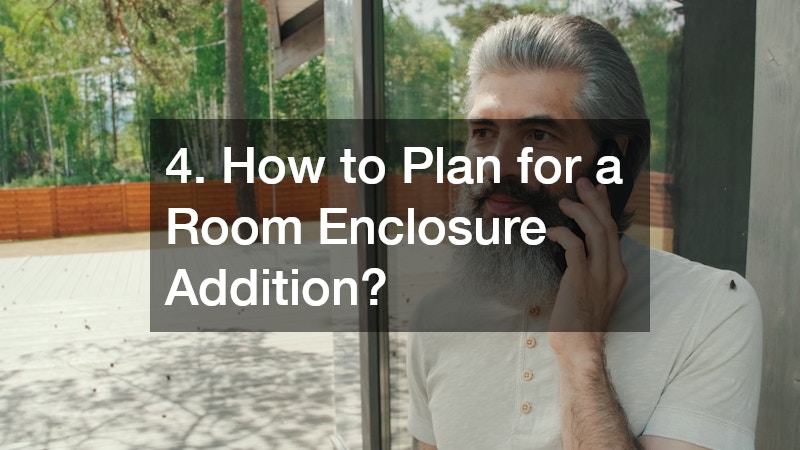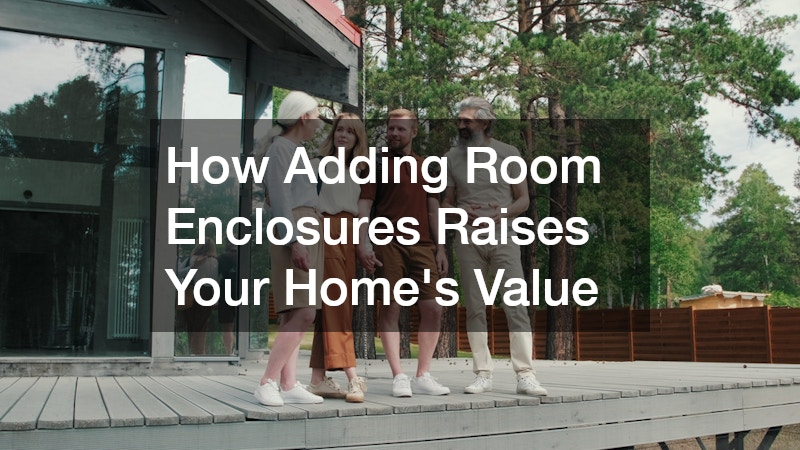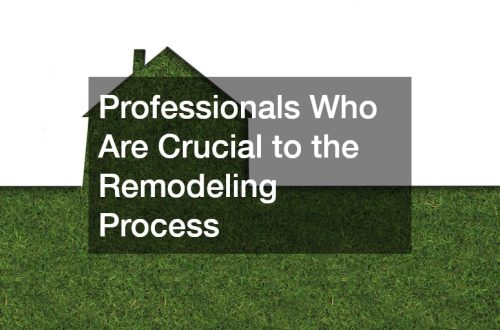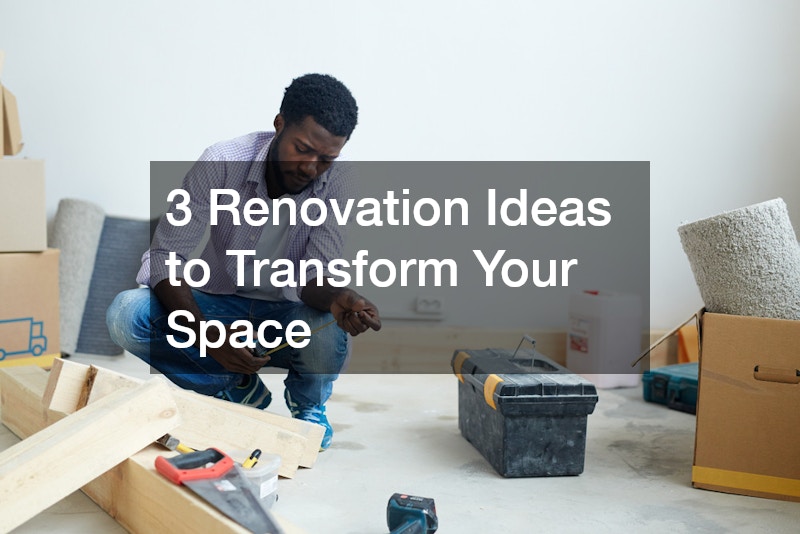Adding room enclosures can significantly influence your home’s value, offering a strategic way to enhance both liveable space and financial returns. By understanding how these improvements attract potential buyers and elevate asset worth, homeowners can make informed choices that strengthen property appeal and functionality.
1. What Are Room Enclosures and Their Benefits?
1.1 Understanding Room Enclosures
Room enclosures come in several forms, including sunrooms, screened rooms, and glass verandahs, each serving different purposes. They are designed to extend living areas and blend indoor comfort with the outdoor environment in a seamless way.
The idea behind room enclosures is to create a versatile space that can be enjoyed year-round. Whether used as a quiet retreat or an entertaining zone, enclosures allow homeowners to personalise the space to suit their lifestyle.
These structures not only add extra room but also elevate the overall look of the property. Their flexible design options mean they can be tailored to suit existing architecture, maintaining a consistent and attractive home exterior.
1.2 Benefits of Adding Room Enclosures
Enclosures increase a home’s functionality by offering additional space that can serve multiple roles. This versatility appeals to buyers who value adaptable living areas.
Comfort is greatly enhanced, as room enclosures provide a sheltered, weather-protected area. Homeowners can enjoy sunlight and outdoor views without being exposed to wind, heat, rain, or insects.
Beyond practicality, enclosures can significantly boost a property’s marketability. With many buyers now prioritising flexible outdoor-connected spaces, enclosing an area can give a home a competitive advantage.
2. How Do Room Enclosures Affect Property Value?
2.1 Financial Impact on Home Valuation
Room enclosures can add considerable value by increasing the home’s square metreage with premium, usable space. According to property professionals, high-quality sunrooms can return between 50% and 80% of their cost upon resale.
This added value is not purely financial—enclosures also improve liveability, which can be a major deciding factor for buyers. Homes that offer unique, functional spaces tend to attract stronger interest and higher offers.
Enclosures give homeowners the chance to upgrade their properties in line with market preference. Doing so taps into the increasing demand for homes that incorporate indoor–outdoor living.
2.2 Market Demand for Homes with Room Enclosures
Current real estate trends show a rising preference for homes with room enclosures, reflecting buyer interest in practical and attractive extensions that offer more living space.
As urban areas become denser, many homeowners look for ways to maximise limited space effectively. Enclosures provide a solution by delivering an outdoor feel without leaving the comfort of the home.
Properties with professionally built enclosures generally attract more serious interest and can command higher selling prices. Investing in one allows sellers to position their homes as appealing options for buyers seeking extra space.
3. What Types of Room Enclosures Yield the Best Return on Investment?
3.1 Popular Enclosure Types and Their ROIs
Sunrooms are known for delivering some of the strongest returns on investment, often recouping 50% to 80% of the installation cost. Their expansive glass design provides natural light, appealing views, and comfortable temperature control.
Screened rooms are another sought-after option, providing a simple and cost-effective balance of value and function. They offer an outdoor-style experience while keeping insects out, making them particularly popular in warmer regions.
Glass verandahs add a premium touch and often yield promising returns, though they involve higher initial costs. Choosing an enclosure type should involve weighing environmental factors along with financial benefits.
3.2 Custom vs Prefabricated Enclosures
Custom enclosures deliver a personalised solution designed to match the homeowner’s style and site conditions. However, they generally require a larger budget due to detailed planning and unique construction.
Prefabricated enclosures tend to be more economical, offering standard designs and quicker installation times. While less tailored, they still provide strong visual and functional upgrades.
When comparing custom and prefabricated options, homeowners should consider budget, priorities, and long-term plans. Custom builds maximise creative control, while prefabricated rooms offer cost-savings and reliable results.
4. How to Plan for a Room Enclosure Addition?
4.1 Budgeting and Financing Considerations
Planning a room enclosure requires careful budgeting to keep costs manageable. Obtaining multiple quotes from trusted contractors helps homeowners understand realistic pricing.
Financing options, such as home equity loans or payment plans offered by builders, can make projects more accessible. Exploring these avenues allows homeowners to fund additions without financial strain.
By setting a clear budget and researching financing choices, homeowners can move forward confidently. Good preparation supports a smooth project from start to finish.
4.2 Design and Construction Tips
When designing a room enclosure, it’s important to work with professionals to ensure the structure complements the existing home and meets practical needs. Effective planning includes selecting materials and features that match the property’s style.
Construction should focus on blending the new enclosure with existing structures for a cohesive look. Proper insulation, ventilation, and weatherproofing are essential for creating a comfortable, durable year-round space.
Professionals also advise considering future use and flexibility. Planning with long-term needs in mind helps create an enclosure that remains valuable and functional for years to come.





